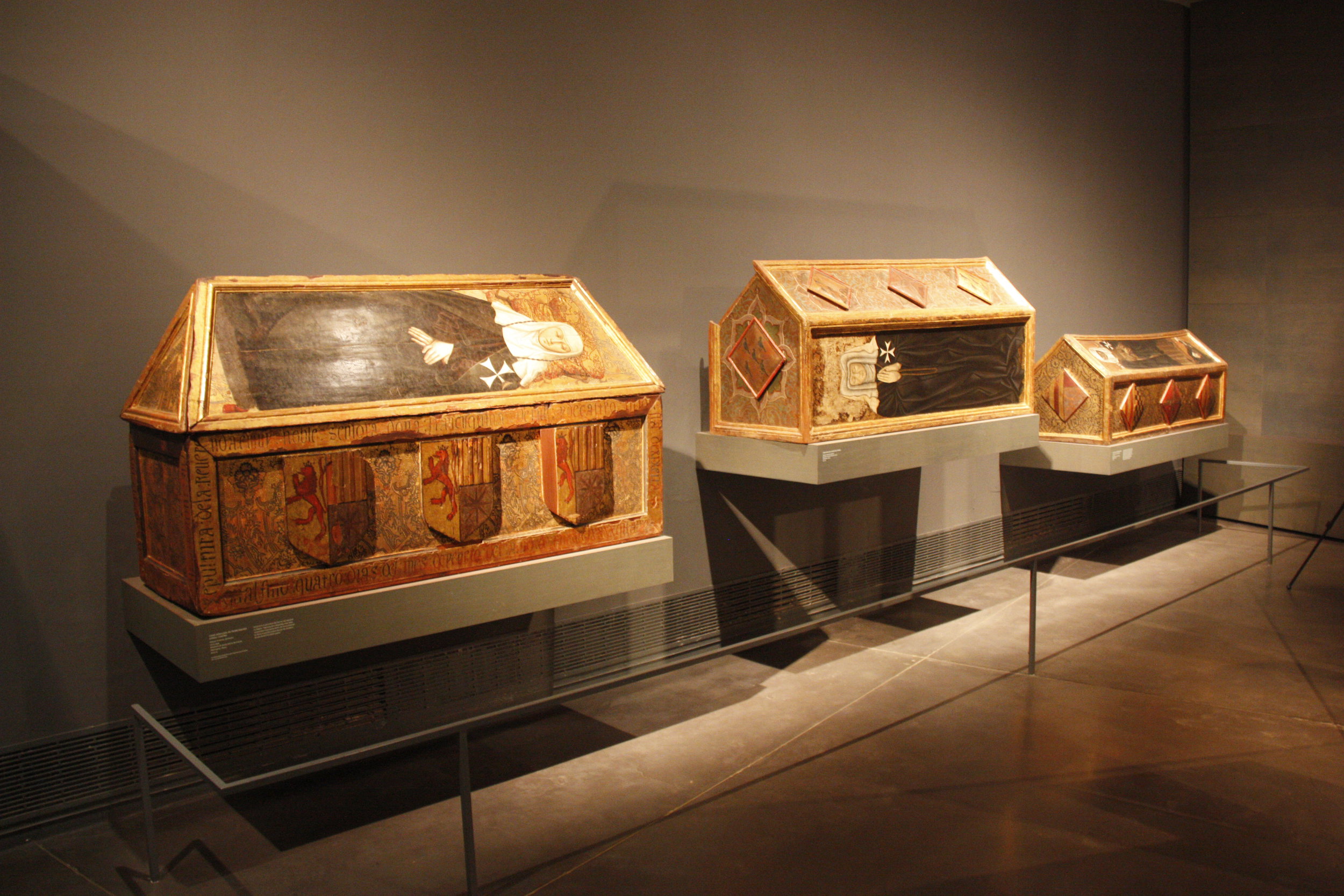Spanish police authorized to use “force” in removal of disputed Sixena artworks
Judge gives permission for Guardia Civil agents to enter Museum of Lleida from midnight December 11

Spain’s military police, the Guardia Civil, has been authorized by a judge to remove the 44 disputed artworks, originally from a monastery in Aragon but bought legally by Catalonia in the nineties, from the Museum of Lleida, “even” using “force” if necessary.
After the judge’s ruling, the Guardia Civil and other security bodies have permission to access the museum from midnight on December 11, in order to “guarantee” access to the staff of the Aragonese government, according to the magistrate. The magistrate also claimed that until now, the Guardia Civil has not been able to get in contact with the museum regarding the matter. Therefore, from midnight, the Guardia Civil can legally enter the Lleida museum and “they may even use force if the access to the facilities or to the interior rooms or rooms or any place where the goods are objects of this provisional execution procedure are not voluntarily opened.
Crimes of civil disobedience
”Anybody who attempts to hinder the operation may be charged with crimes of disobedience , the judge said.
The director of the museum, Josep Giralt, has called for the removal of the artworks to be done so in a “responsible” way.
There have been calls for people to mobilize in order to protect the monasterial pieces. “People will mobilize to express their civic, peaceful and respectful to denounce” the action, said Xavier Quinquillà, a spokesperson for the Platform of Cultural Entities in Lleida.
An attempt to "humiliate Catalonia"
A member of the far-left CUP and candidate for the region, Mireia Boya, stated that when the Guardia Civil come to the museum, “they may find many people” defending it. According to Boya, the motive behind the artworks’ removal is to humiliate Catalonia. The mayor of Lleida, Àngel Ros, has asked that force is not used to enter the museum.
The Catalan Ministry of Culture has appealed in order to keep the artworks, arguing that they are too fragile to move, among other things, however its position has been weakened after the application of Article 155 and the sacking of the culture minister.
Art history
The artworks are part of a larger collection of more than a thousand items removed from the Sixena monastery during the Civil War and taken to Catalonia. They were taken during the early days of the conflict, when monasteries and other Catholic buildings where being destroyed, in order to be protected.
In the 90s, the Catalan government formally bought them. After years of complaints, Spanish judges last year ordered that the artworks be returned, declaring the sale void. While the Catalan authorities gave back some smaller pieces, they decided that the remaining 44 artworks must stay in Lleida due to their fragility.
The artworks are part of a larger collection of more than a thousand items removed from the Sixena monastery during the Civil War and taken to Catalonia. They were taken during the early days of the conflict, when monasteries and other Catholic buildings where being destroyed, in order to be protected. In the 90s, the Catalan government formally bought them. After years of complaints, Spanish judges last year ordered that the artworks be returned, declaring the sale void. While the Catalan authorities gave back some smaller pieces, they decided that the remaining 44 artworks must stay in Lleida due to their fragility.
However, on November 15, a judge in Huesca upheld a request by the Sixena local authority and ruled that the artworks must be returned